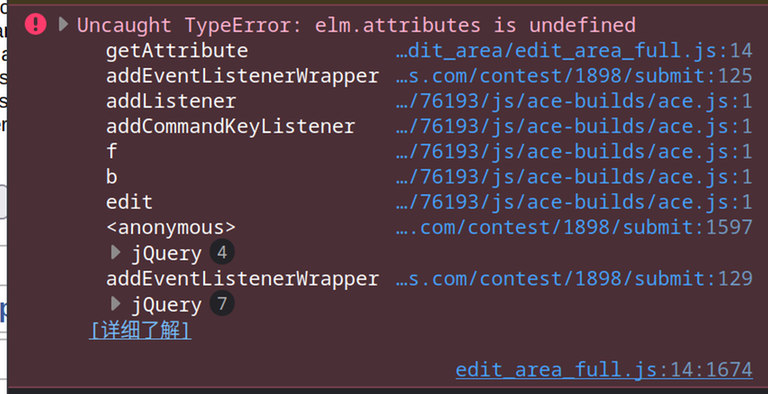The source code editor does not load in the submit code page. I'm using Firefox 120.0 on Gnome and I've noticed the bug yesterday. Does anyone has any suggestions? I really appreciate your help. Please feel free to share if you have encountered the same problem.
I can still submit code by "choose a file" or via a third-party codeforces client though.

(P.S. I've updated my Firefox from 119 to 120 yesterday so it can be a bug of Firefox)










